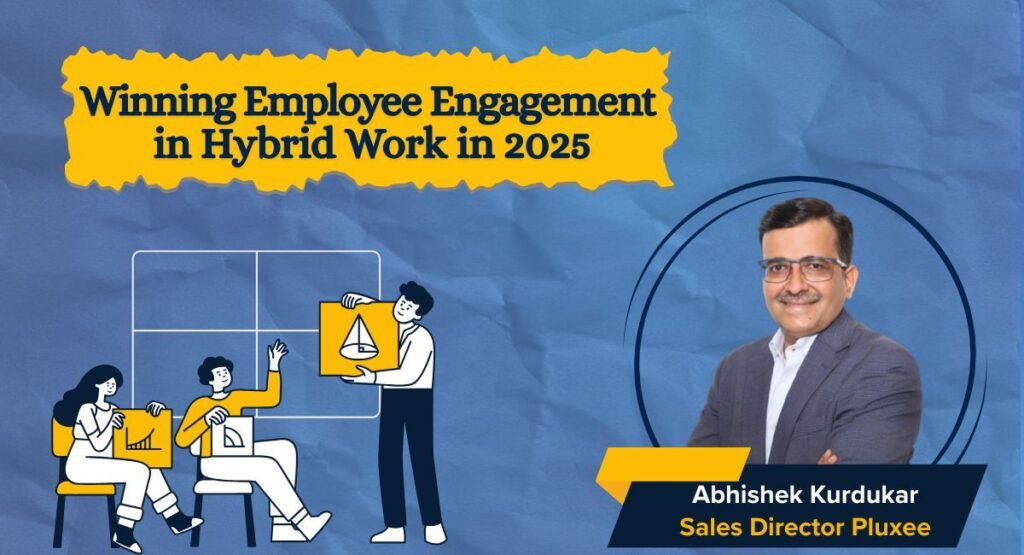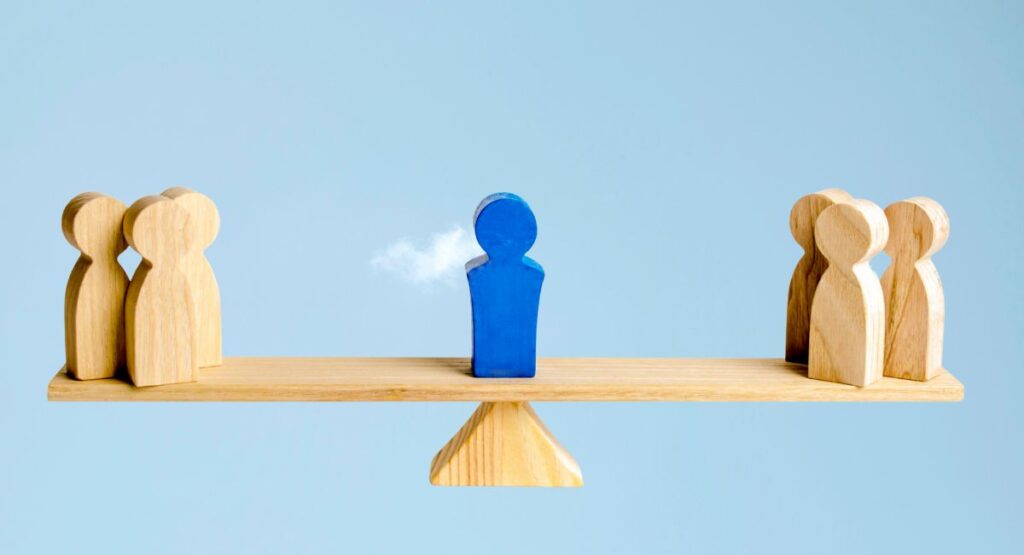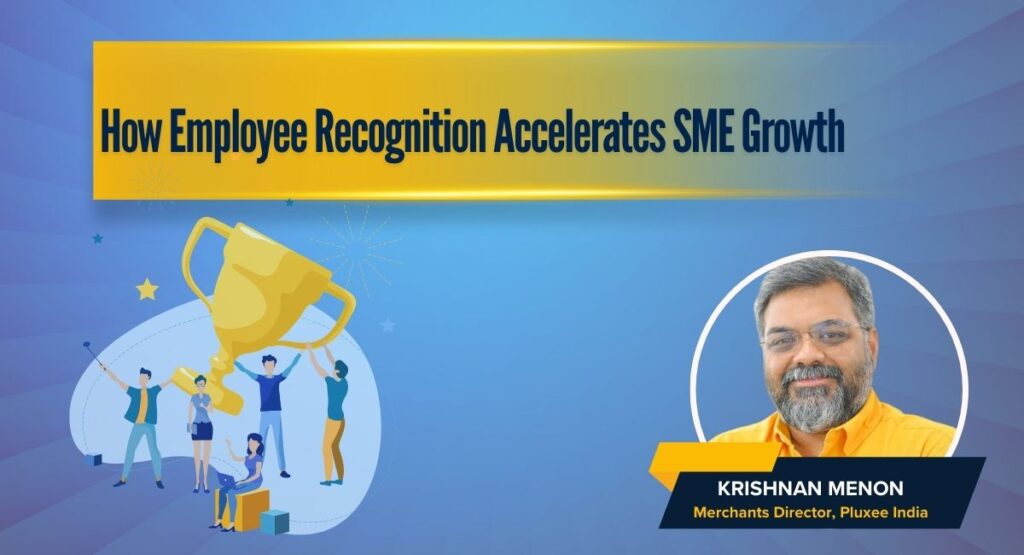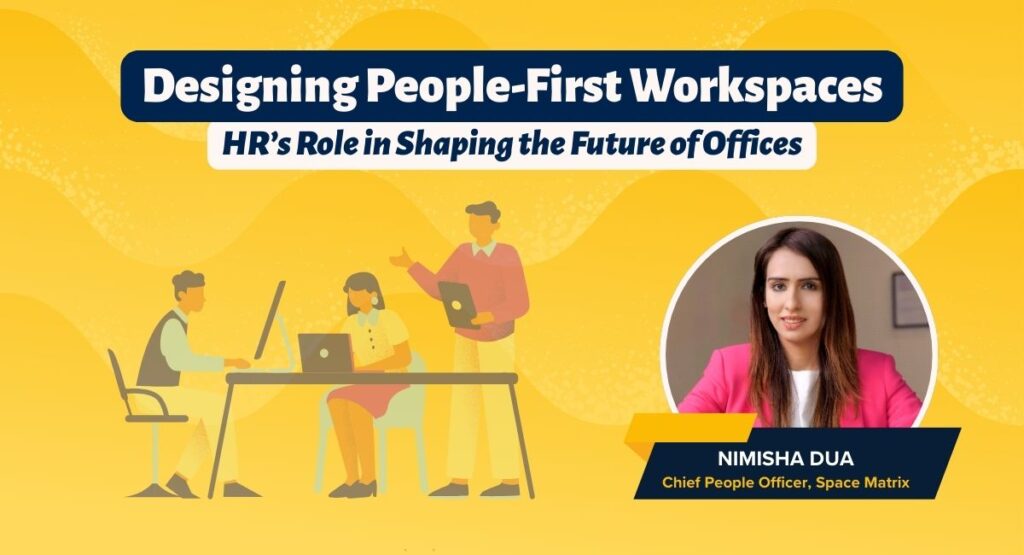You might never have imagined a world where games and the workplace blend seamlessly, but many companies are making it a reality through gamification. Simply, gamification refers to using game-like elements (leaderboards, badges, challenges, and rewards) in various HR functions, such as recruitment, onboarding, employee development, and training. Surprisingly, this engaging approach has proven effective in engaging employees.
A study by Harvard and Columbia Business School researchers examined KPMG’s gamified training platform, Globerunner, used by client-facing employees across 24 global offices over 29 months. In the game, employees created characters and “travelled” the world, answering questions about the firm, earning points for correct answers, and receiving instant feedback for incorrect responses. The outcomes were impressive: the study observed a 36 percent increase in revenue-generating fees, a 16 percent rise in clients, and a 22 percent boost in overall office performance.
This success story is just one example of how gamification improves employee engagement. In this article, we’ll explore the benefits of gamification and highlight compelling examples of gamification in the workplace, along with their impact on engagement and performance.
Decoding the benefits
The main objective of incorporating gamification in HR is to make routine tasks into more enjoyable experiences. The approach promotes healthy competition, enhances employee motivation, maintains engagement, and ultimately boosts the employer brand. Here are several key advantages it provides:
Increases employee engagement: A major advantage of gamification is its ability to boost engagement by making daily tasks more enjoyable through rewards, recognition, and a sense of achievement. For example, Epsilon India launched the “Citizen of Youniverse” passport, a creative initiative aimed at younger employees’ love for fun and social media. Employees earn a stamp in their passport for participating in office events and are encouraged to share their achievements online.
Facilitates learning and development: Learning and development boost employee engagement but can fall flat if poorly implemented. IBM uses digital badges to gamify recognition for employees and training participants. These badges showcase skills and a commitment to continuous learning, especially in emerging technologies, while also creating a verifiable digital resume for internal and external opportunities. Additionally, their easy shareability on social media and resumes adds significant value.
Creates an interactive hiring experience: Gamified hiring transforms the traditional job application into an interactive experience. Instead of just submitting a resume, candidates tackle virtual challenges that assess their skills through gameplay. For example, L’Oréal India’s “Reveal” game (2010-2015) let aspiring marketing managers experience working at the company, interact with employee avatars, and explore different departments. This innovative approach, which attracted 120,000 participants, effectively evaluated analytical skills beyond traditional methods and helped L’Oréal fill 20 percent of its managerial roles.
Provides instant feedback: Gamification offers immediate feedback, which is crucial for keeping employees engaged and focused. Employees receive real-time updates on their progress, similar to a game where you instantly know if you’re winning or losing. This immediate insight helps them adjust their approach to stay on target. For instance, sales gamification software features a leaderboard, offering instant feedback that motivates employees to strive for higher rankings and remain committed to their goals.
Companies driving gamification initiatives in Indian workplaces
Let’s explore how Indian companies are revolutionising gamification to elevate employee engagement strategies:
- Bengaluru-based Unotag helps organisations enhance their performance through gamification. It uses elements such as points, leaderboards, goals, Fantasy Leagues, and badges to encourage users to finish their tasks. Unotag integrates effortlessly with popular CRMS like HubSpot, Salesforce, Freshdesk, and Zoho. Additionally, its proprietary AI platform, Mok, boosts the productivity of sales teams and employees by utilising behavioural economics and tailored nudges.
- Mindtickle, a company based in Bengaluru, offers a “sales readiness” system that helps companies make their sales teams more effective. Their platform provides ongoing learning opportunities, including practice situations, organised training plans, and quick quizzes and polls. The company uses game-like elements such as points, digital achievements, official recognitions, and competitive rankings, all displayed on a central dashboard, to highlight areas where salespeople might need more knowledge.
Final thoughts
While gamification can boost engagement, it has limits—games end, badges lose their appeal, and leaderboards can demotivate those who fall behind. To sustain interest, rotate challenges and rewards, link games to meaningful work outcomes, and use inclusive formats (team contests or tiered scoring). If you haven’t tried gamification yet, now’s the time—but design it for lasting motivation, not just a short-lived thrill.





